Journeys and Jottings
People Make Places - Issue 39
As travellers, we are always focussed on sights and sounds and the bucket list is a constant companion. But for me as a traveller, I have always been fascinated by people, conversations, and of course stories. The myriad flavours of a destination are made up of these little moments that create a vibe that lingers, long after a journey is completed. And when I sit down to reminisce and to write, it’s these montages of moments that play like a movie in my head filled with stories, traditions, and rituals.
Hello and Welcome to this issue of Journeys and Jottings. I am grateful and overwhelmed to see so many new subscribers in the last couple of months and I thought I would take a few minutes to introduce the story behind Journeys and Jottings. It was the name of my monthly editorial on my blog until a few years ago and I decided that it needed to have its own space and identity.
When I started this newsletter, 39 issues ago, I wanted to share my thoughts on travel and life, introduce interesting people I have met, and publish travel stories and experiences. But there was more to it than just travel tales. I wanted to delve into concepts like sustainable and slow travel, mindfulness, and mental health. This space was also all about conversations with ordinary people living extraordinary lives. And that is how the section, People Make Places came into being.
In this issue, we are having an eclectic mix as well. We visit the historic salt pans of Ibiza and I will tell you about the linguistic connection between salt and salary. In 100 Stories of India, we visit Kondapalli, a toy town from Andhra Pradesh, and in People Make Places, we meet Savini Sonavaria who manages a social enterprise, PashooPakshee that works with local communities to design and manufacture sustainable local souvenirs.
And we also have book launches by three wonderful women who have been featured in People Make Places earlier - Nandita Iyer and Reshmi Chakraborty and Nidhi Chawla in the Recommendations section. But for now, let’s get a salty flavour of Ibiza.
Ses Salines National Park - Dedicated to Ibiza’s white gold.
Don’t take this with a pinch of salt. but the word, salary is actually derived from salt. In fact, in the Roman Era, most soldiers were paid salary in the form of salt, which was referred to as “salarium”, sal meaning salt. The word salary in English and salaire in French are derived from this Latin word.
So where do Spain and Ibiza fit into this salty world? In the medieval era, salt was referred to as “white gold” and Ibiza has been harvesting salt for the last 2500 years since the Phoenicians landed here. Salt is the main identity of the island and even today, it is used not just as a gastronomic seasoning but is also exported to Northern European countries, largely to preserve fish. Ibizan salt is bereft of any chemical process and it is considered a natural product as it is pure sea salt, which is formed through the natural evaporation of seawater.
A drive around the salt pans and ponds of the Ses Salines Natural Park takes you back into the era when salt was synonymous with the Mediterranean island. Spread over 3000 hectares of land, the National Park is one of the historic and biodiversity hotspots in Ibiza and a great habitat for birds, especially flamingos.
You also get a peek into the early manual processes of harvesting before the era of mechanisation. Even today, an old mill stands on the island taking you back to the bygone era.
Although salt was harvested for centuries, it was mainly during the Islamic period, when it became an important part of the economic identity of the island. We walked around a bit, watching flamingos from a distance, and lost ourselves in the sheer white landscape that blinded our eyes.
Some of the places you can visit here are beaches, coves, churches, defense towers, and bird-watching hotspots besides restaurants, and cafes set amidst stunning landscapes. While you visit the salt ponds, head to La Salinas Beach, located in the national park, and lose yourself in the turquoise waters. The beach is named after the salt lakes and you can also see the railway tracks of the old trains which had salt as their cargo years ago.
The church of St Francesc was built primarily for the salt workers and you can see an interpretation centre too which gives an insight into the lives of the salt workers. Here is a list of more destinations that can be seen in the national park as well .
Book recommendations - Pre Order these books
Doctor, nutrition expert, well-being advocate, and columnist, Nandita Iyer is the author of four bestselling books, and six issues ago, she was featured in the People Make Places section when she launched her third book, This Handmade Life. Now Nandita is ready with her fourth book - The Great Indian Thali - Seasonal Vegetarian Wholesomeness.
As you can see from the colourful cover, it’s a beautifully produced book by Roli Books, that brings to you vegetarian wholesomeness and stories from India. Pre-order it now.
'The second book is also penned by a dear friend of mine, Reshmi Chakraborty, and her partner, Nidhi Chawla who were featured in our 23rd issue and are the co-founders of The Silver Talkies, a digital platform and a virtual club open to the talented, resilient and spirited people above 55 years.
Their book is all about Rethink Ageing, published by Penguin Random House. This book looks at the shifting narrative of aging in India, the possibilities to explore, and the challenges to navigate. Older adults are adapting to technology, health challenges, isolation, and shifting social structures to age actively. Pre Order here.
100 Stories of India
My fascination for the traditional toys of Kondapalli started with a family heirloom – a faded, quaint wooden toy representing the deities, Rama and Sita along with Lakshmana and Hanuman. Painted in shades of teal, green, beige, and red, the miniature was set in a frame and had an old-world charm about it. It was no mere toy – the handcrafted figurine was given to me by my mother who had received it from her grandmother and since then, it had become a permanent fixture in my Navaratri golu – the festive display of gods and goddesses, demons, and mortals with stories crafted around them. This eventually led me to start collecting more wooden dolls and toys and that passion took me to the portals of the Kondapalli village, located barely 25 kms from Vijayawada city in Andhra Pradesh.
All roads led to the Bommala Kondapalli toys Colony or the Toys Colony of Kondapalli located in the centre of the village, home to about 80 families of artisans, tracing their origins to the patron saint of arts and crafts, Muktharishi, who was blessed by Lord Shiva. Houses, workshops, and shops were huddled together where the toys were carved out of the local softwood referred to as Tella Poniki also called white sander. The traditional toys of Kondapalli are over 400 years old and it is believed that the artisans referred to as Nakarshalu or Aryakhastriyas, migrated from Rajasthan and were later patronized by the local kings.
The artisans elaborated on the process. Every part of the toy is chiseled separately from the soft and malleable wood and is then joined together. The craftsmen added that they make a paste, where sawdust is blended with coarse powder made with tamarind seeds which are later applied as glue to stick the parts of the toys together.
While the traditional toys of Kondapalli are now registered as one of the GI (geographical indication) handicrafts from Andhra Pradesh, Kondapalli is not just another toy town. It has another historic destination with a formidable presence. Rising from the densely forested hills is an imposing fortress and palace. Shrouded in an aura of mystery and fantasy, the majestic ruins gave our fairy tale vibes.
People Make Places
I met Savini Sonavaria in a little village called Madla, near Panna National Park and Khajuraho in Madhya Pradesh. It was heartening to see and experience some of the path breaking and inspiring Responsible and Rural tourism initiatives of Madhya Pradesh Tourism Board at the grassroot levels, and women empowerment projects to benefit the local communities were one of them. It was in this context that I met Savini who managed PashooPakshee, a social enterprise that is focussed on designing responsible souvenirs and training and empowering local communities to create them. PashooPaskshee along with Madhya Pradesh Tourism Board won the ICRT (International Centre for Responsible Tourism ) Award for providing opprtunities for Local Economic Benefit.
A wildlife enthusiast with a love for the outdoors, Savini quit her corporate life to work with local communities and train them to create souvenirs. A trained Bharatanatyam and a ballet dancer, it was her calm demeaneour and ever smiling face that fascinated me. We got chatting and Savini shared her story and what inspired her to start PashooPakshee and her amazing work with women in Madhya Pradesh and some of their stories as well. We visited one of the centres in Madla and met the creative artisans and spent some time with them, besides buying a few souvenirs as well.
How did the journey begin for you ?
I am born and raised in Mumbai. I have done by BE in Telecommunication and Masters in Communication Systems and worked for about six years with corporates like Larsen & Toubro in Mumbai and Cisco in Bangalore.
I have always been a wildlife enthusiast and lived an environmentally conscious life. I had done a couple of safaris with family and friends and I remember that I used to be super keen to buy wildlife souvenirs from the gift shops. Almost all of it was loud T-shirts, mugs & plastic keyrings.
In 2013 when I was completing my Master’s in Engineering, I did a cross-functional thesis with Nature Conservation Foundation to write an algorithm on bird call recognition. During the project I interacted with a lot of conservation scientists and researchers and learnt about the pressing issue of man-animal conflict and the need for providing alternative livelihoods to communities who shared space with wildlife.
And that led me to this idea. I wondered if there was a way to get communities living inside wildlife national parks to make souvenirs for tourists.In 2016, I mustered the guts to leave the comfort of corporate life and become a full-time social entrepreneur.
What was your first project ?
It all began with luck! I was lucky to get a chance to work with the CSR team of Urvi Ashok Piramal Foundation who was beginning a project at Pench near Nagpur. They saw the prototypes I had created and asked me to come and train the community there. When I look back I find it hard to believe that I had managed that training. I had never once sat on a sewing machine and had no idea how to use it. I’d like to believe I used my sense of engineering drawing to create the first product range of Khadi Wildlife Toys at Pench. The satisfaction came from working with the girls of Pench and that was motivation enough to keep me going.
As of today, we are a team of ten with designers, trainers, and operational staff who are all passionate to work with our women artisans and we priortise community engagement .
3, Working and training with local communities must have been an experience ..
What I realized and accepted is that working with communities is sheer hardwork. There is really no other way! And to assume that things are going well and take a step back is never an option. We have to keep at it. Keep motivating. Keep retraining and keep connecting to make sure the products reach the highest quality. Being a bootstrapped organisation, our growth has been tough and slow. But there is growth both financially and socially and that’s what keeps us going.
Our mission is simple Design, Train, and Sustain. We literally adopt the centres and provide complete hand-holding from designing, and training to sales and marketing. Artisans only need to turn up to the center and be dedicated to ensuring themselves a sustained source of income. PashooPakshee makes sure that we introduce simple technology interventions to get the products to market-worthy standards. Today if you see the products made by my first two centres and now at Pench and Kanha, it is hard to believe that a group of women living in such remote locations have managed to create such amazing professional products .
Tell us more about your work in Madhya Pradesh .
Our work in Pench and Kanha started being talked about, especially in the forest departments of Madhya Pradesh and then the Tourism Board got to know about us. The project did get delayed due to Covid, but in 2021 we set up two new centers near Panna National Park. MPTB has been a rock-solid support in creating Madla and Dhaman Craft centers. It is very rare when your vision matches so perfectly with Government organisations. Thanks to MPTB today our products are found at five MPT hotels namely Khajuraho, Panna, Kanha, Bandhavgarh, and Pachhmarhi.
5.The work with the communities in Madhya Pradesh - can you share some stories?
There are so many girls but Chhaya Salame has been extremely dedicated. She has been at our work center at Pench for three years and she deserves more than earning per piece stipends. Chhaya was the quietest among the group, always looking down never speaking and more often than not ignored by all of us. We just assumed that she wouldn't continue.
One year when the center had only three women working we had lost hopes of the center continuing. It was Chhaya who remained persistent. Her monthly stipends steadily rose. She became the highest contributor in her family. The story of her earnings started spreading in the village and she inspired more women. The center is now known for providing a sustained alternative source of income today to at least 12 -15 women who regularly work at the center!
Another story is about Kiran Singh Gond and her siblings who are a part of the Madla Craft center. Kiran is an expert seamstress, her sister Babli is a part of the cutting team and her brother Sandeep is a part of the printing team. The three siblings depend on the center for income. Kiran lost her mother in the past year and being the eldest has taken it upon herself to put food on the table. Before the center started, all the three were dependent on daily wage labour work. Kiran who is now 29 and still unmarried is extremely shy, humble and determined to work. In just one year we have seen a new confidence in her stride as she sees a future with this center. Today her hard work has made her the top and most dependable seamstress of her team.
6.What are the various products in the centres ?
At Pench , we have the Khamreeth Toy & Paper Mache Centre . The Baherakhar Stitching & Beading Centre is at Kanha. The Madla Stitching & Screen Printing Centre and the Dhamna Terracotta centre are at Panna. We sell everything from bags, backpacks, beads, fridge magnets, stuffed toys, Tshirts, coasters, mugs, to different types of souvenirs. We are also starting as of this month Craft Experience Centres in these places. Tourists can visit the center and shop for souvenirs directly from the artisans, book and attend workshops where you get to learn from the artisans, and also take home souvenirs that they have made themselves. You can visit our website : www.pashoopakshee.com and to attend and book workshops at our centres you can write to orders@pashoopakshee.com
Feedback
I do hope that you enjoyed reading this issue. Looking forward to your feedback as always. We are going to keep the flow of conversations going and I would really appreciate it if you will share my newsletter with your friends and family.
See you soon! You can also read my travel stories on my blog and follow me on my social media.
Blog - www.lakshmisharath.com
Twitter - www.twitter.com/lakshmisharath
Facebook - www.facebook.com/travelwithlakshmi
Instagram - www.instagram.com/lakshmisharath

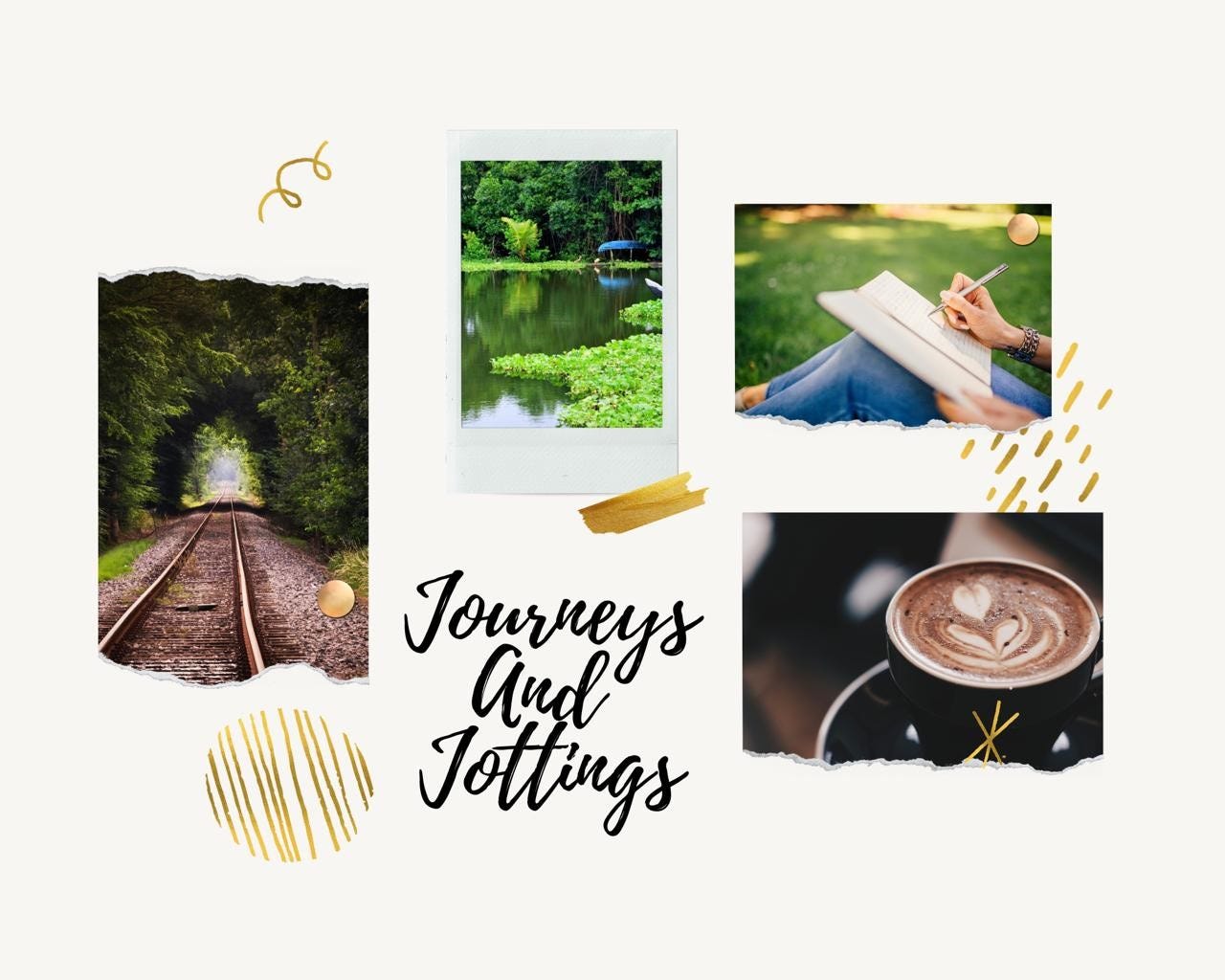
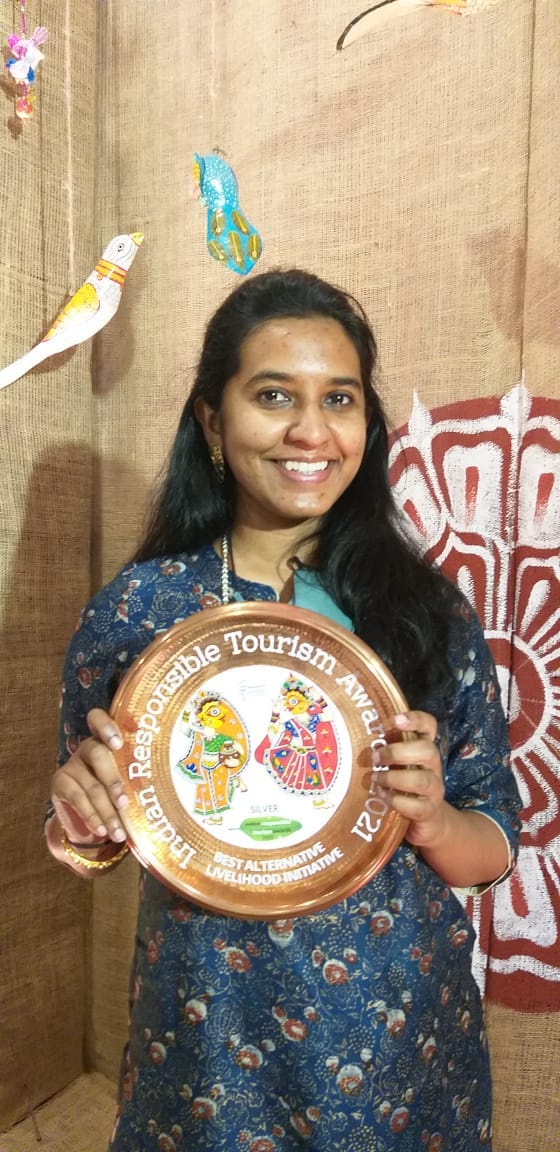
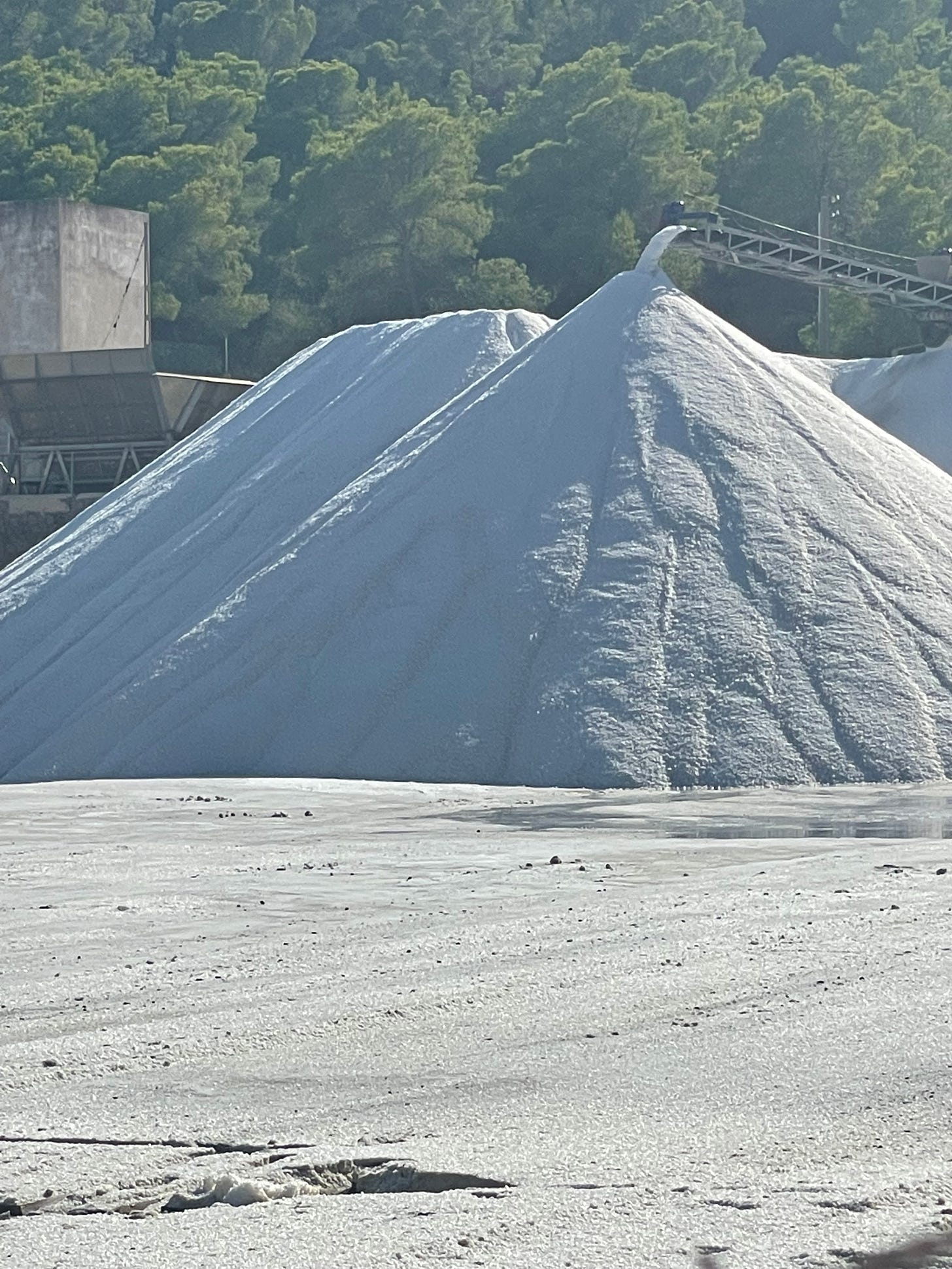
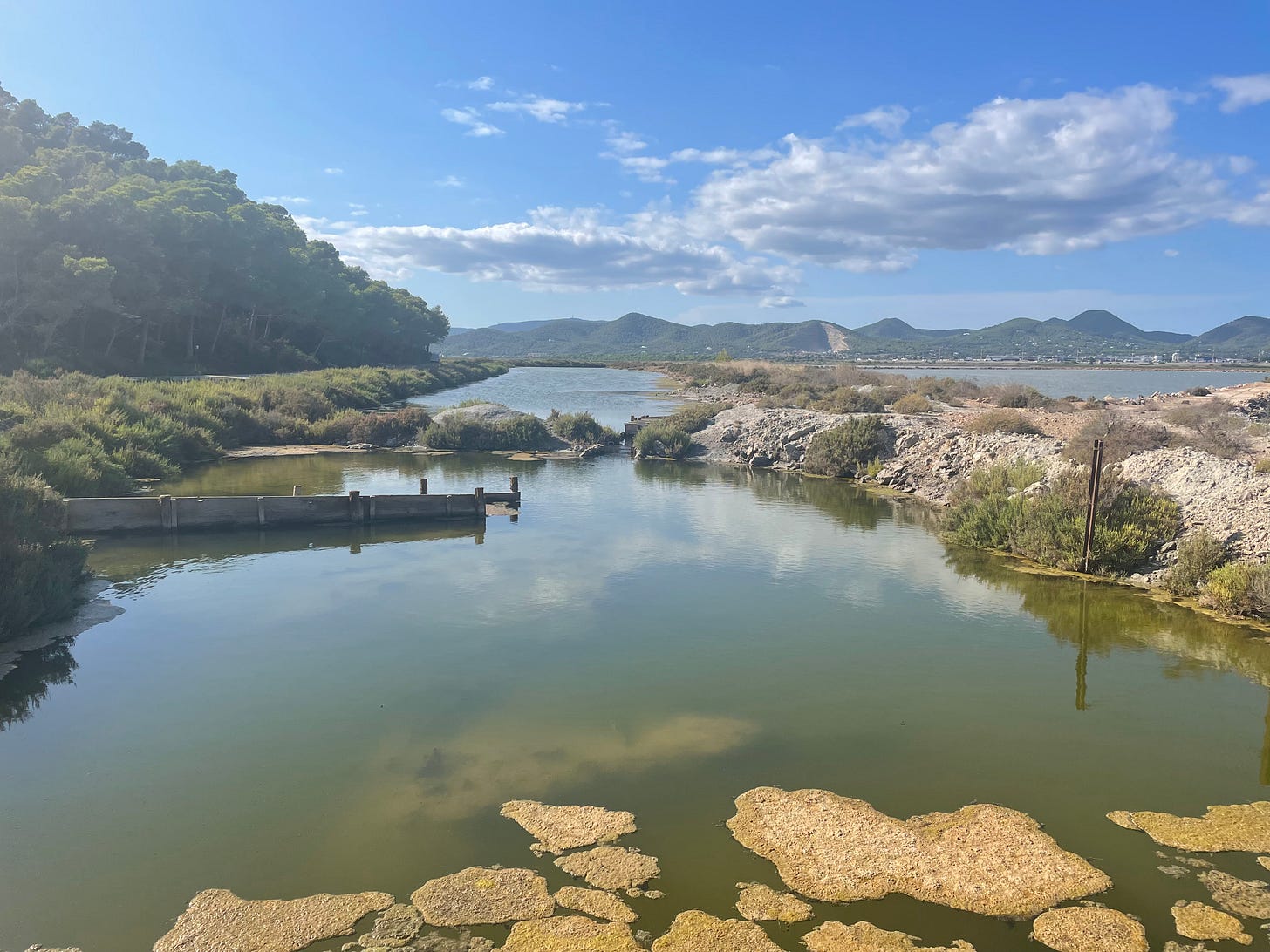
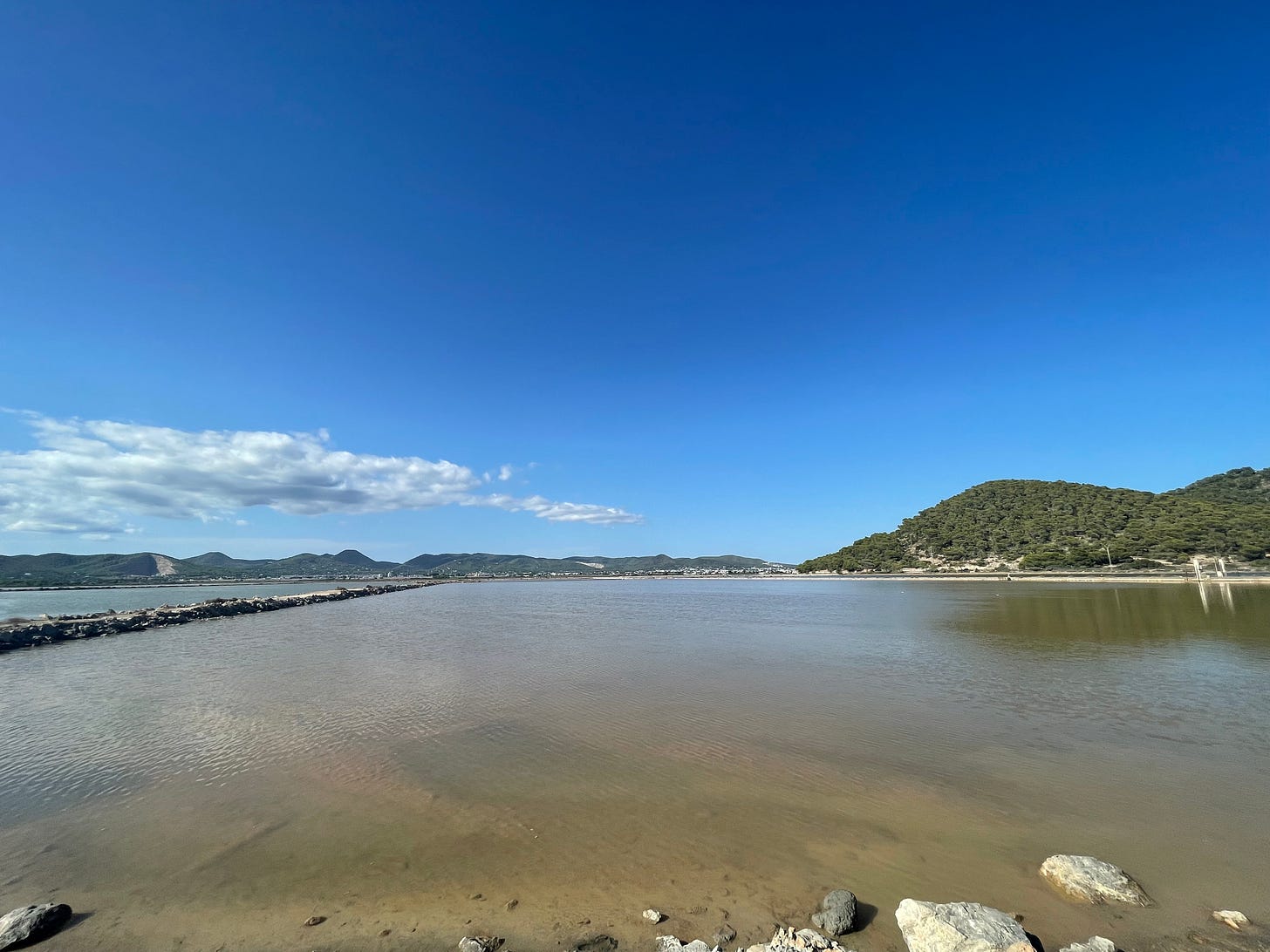

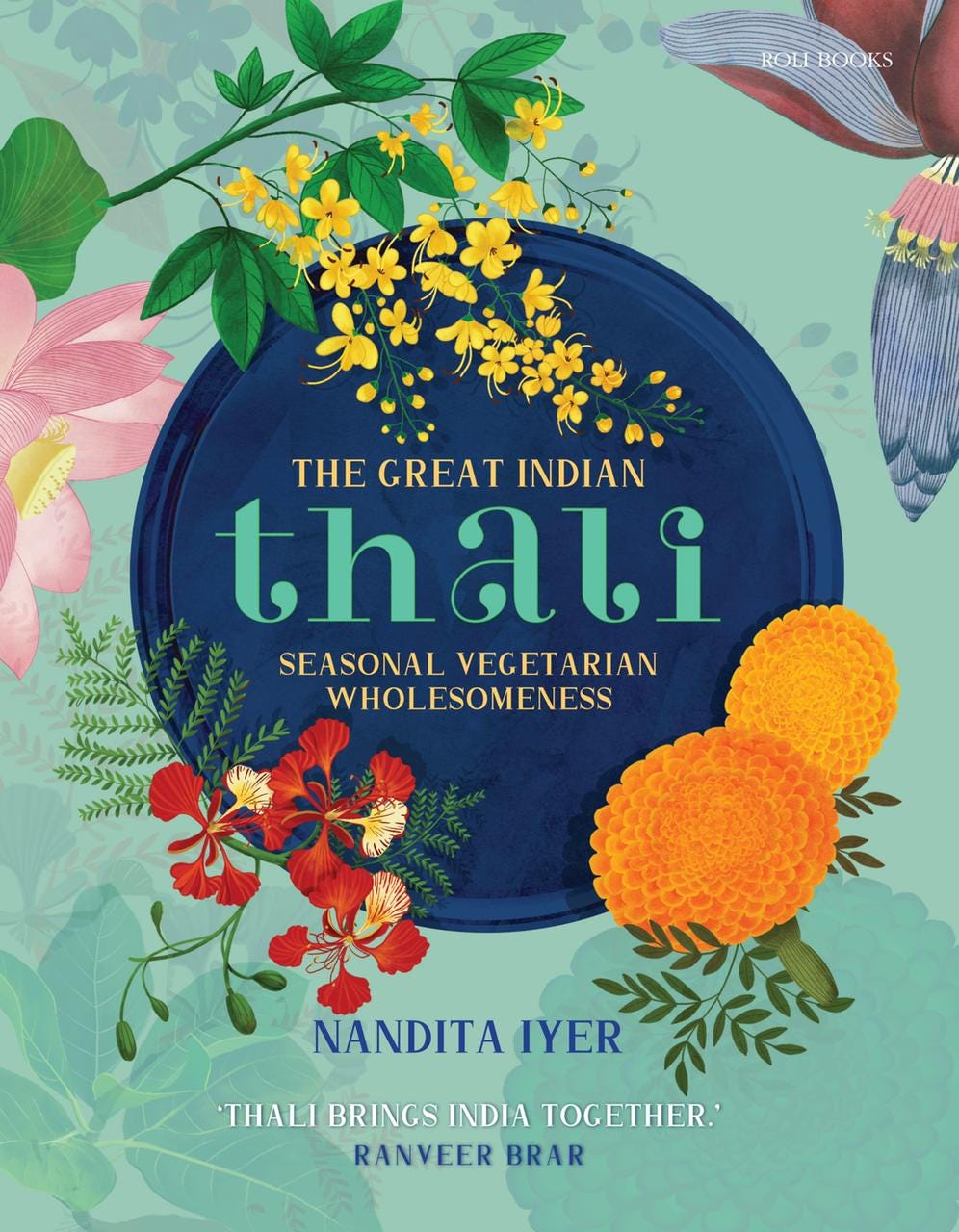

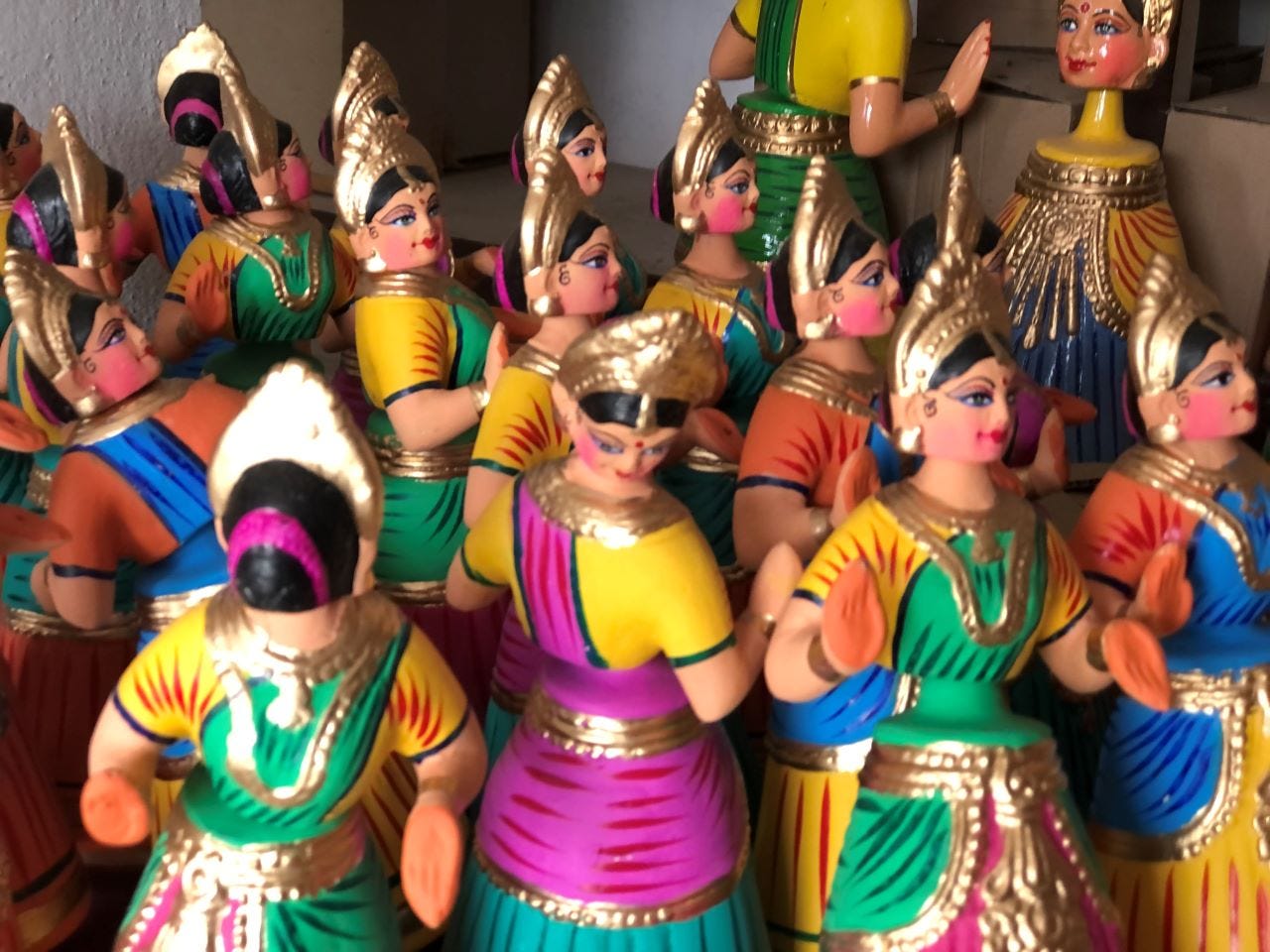
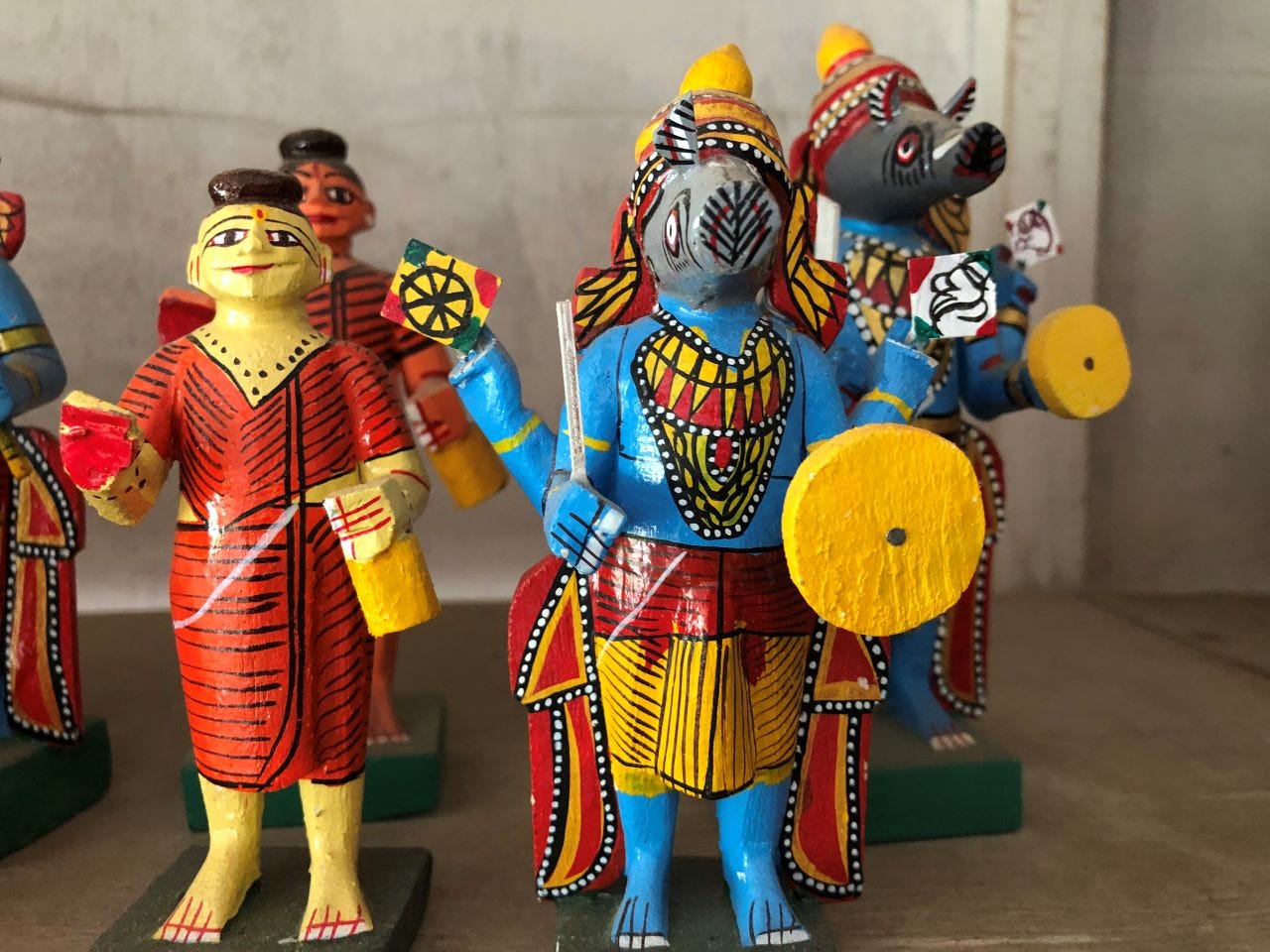
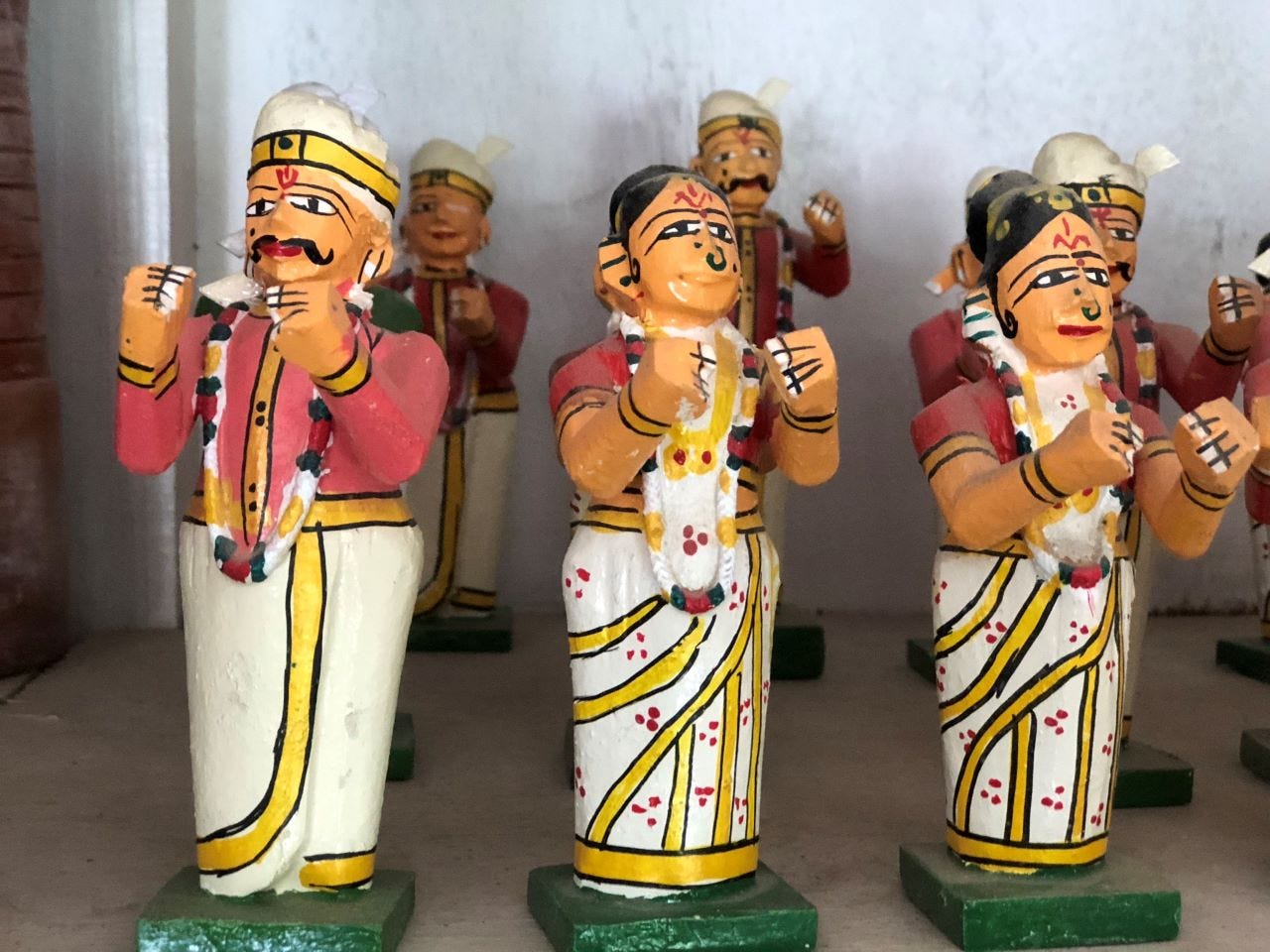
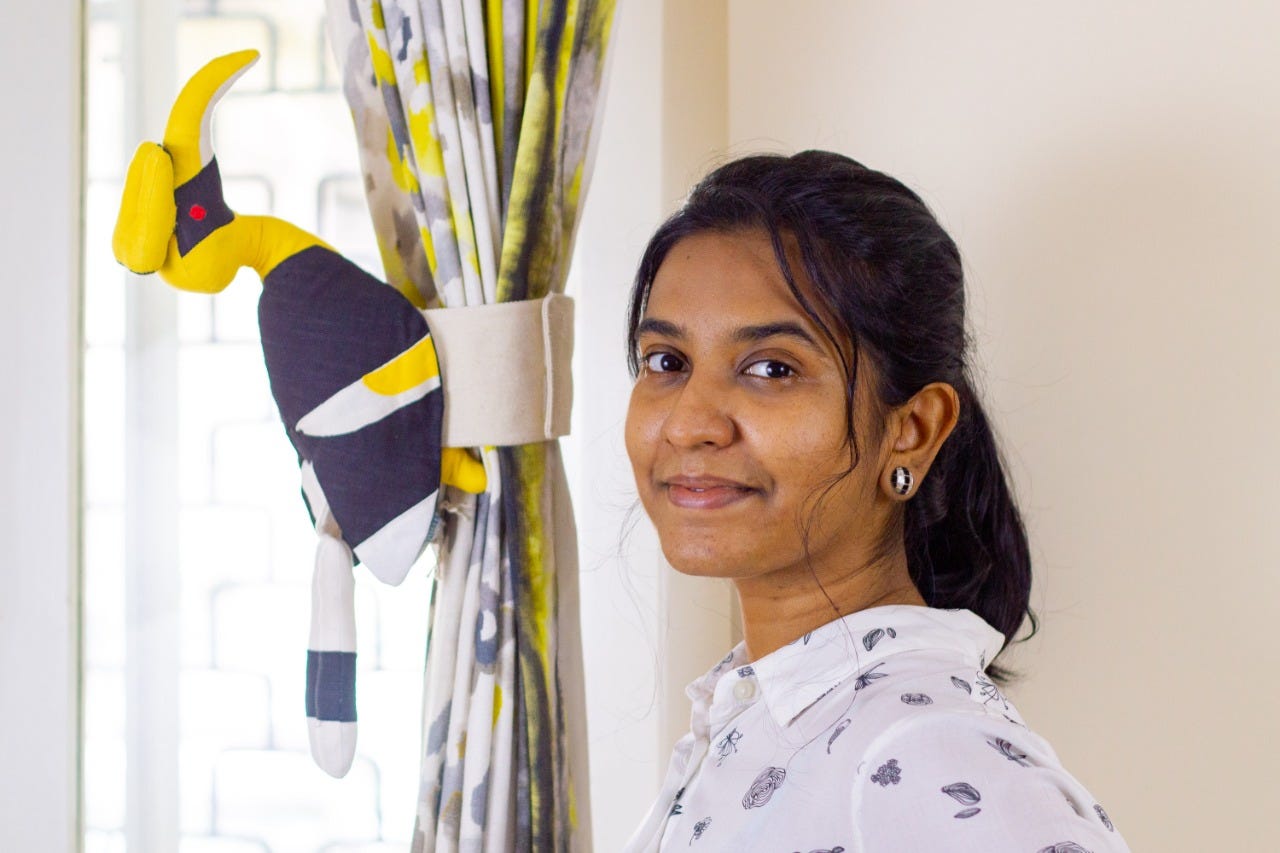

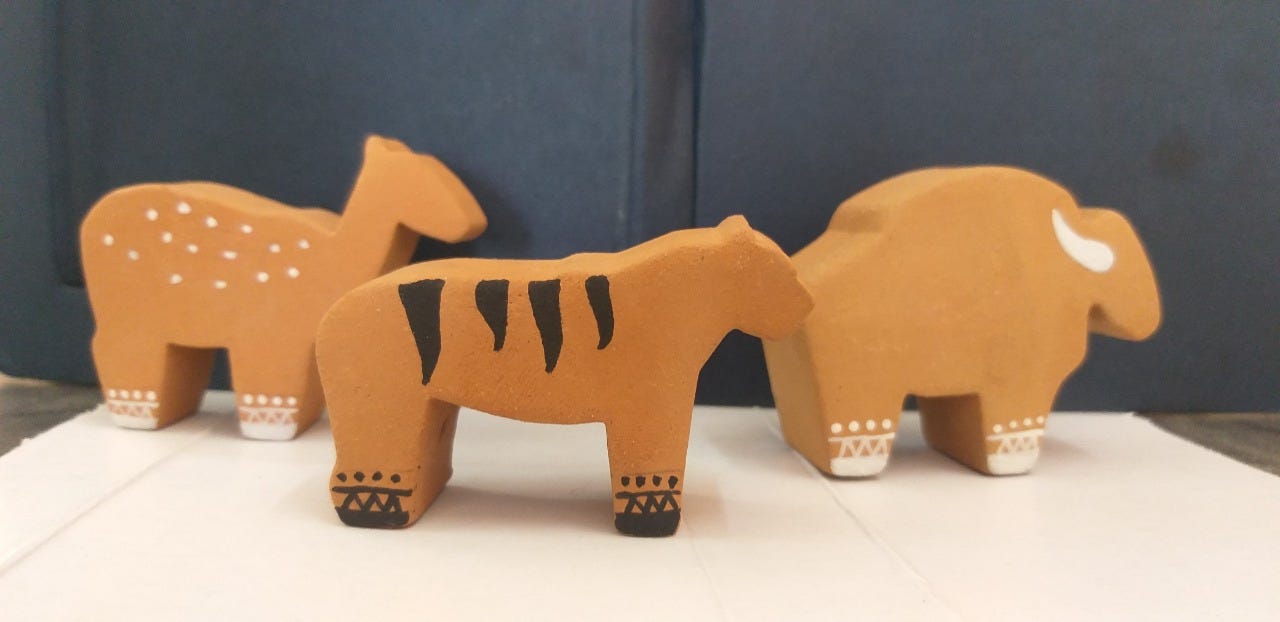


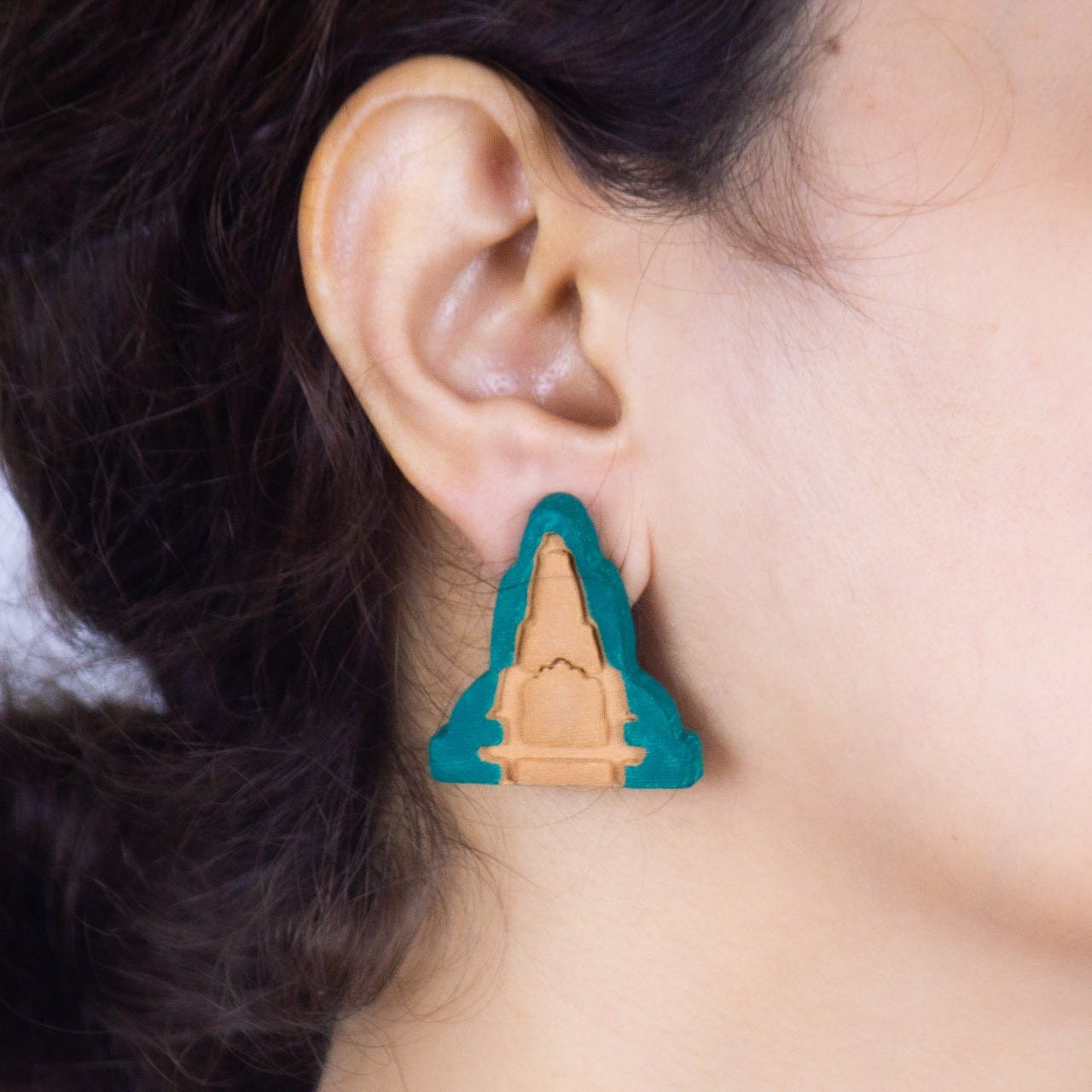
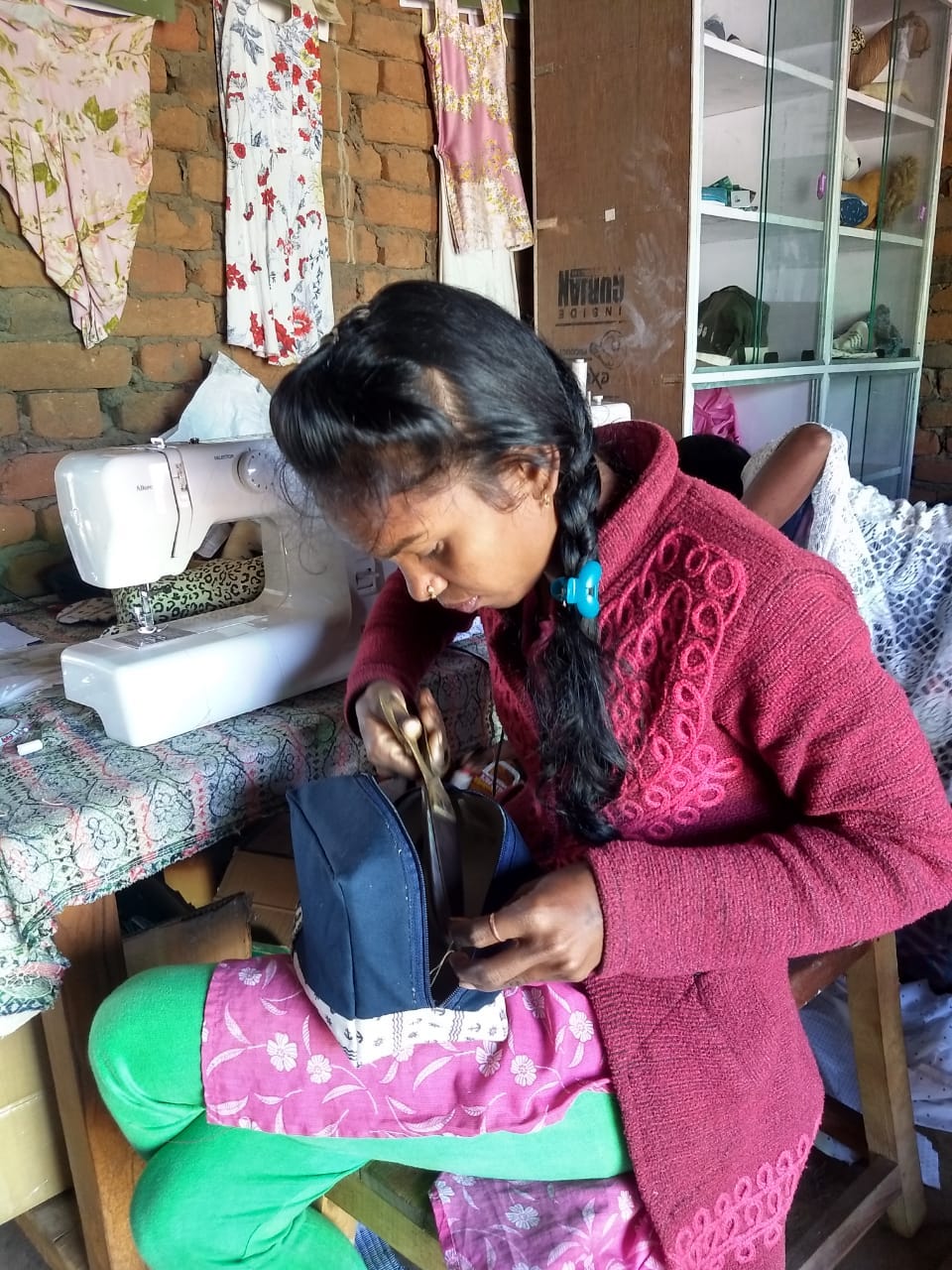
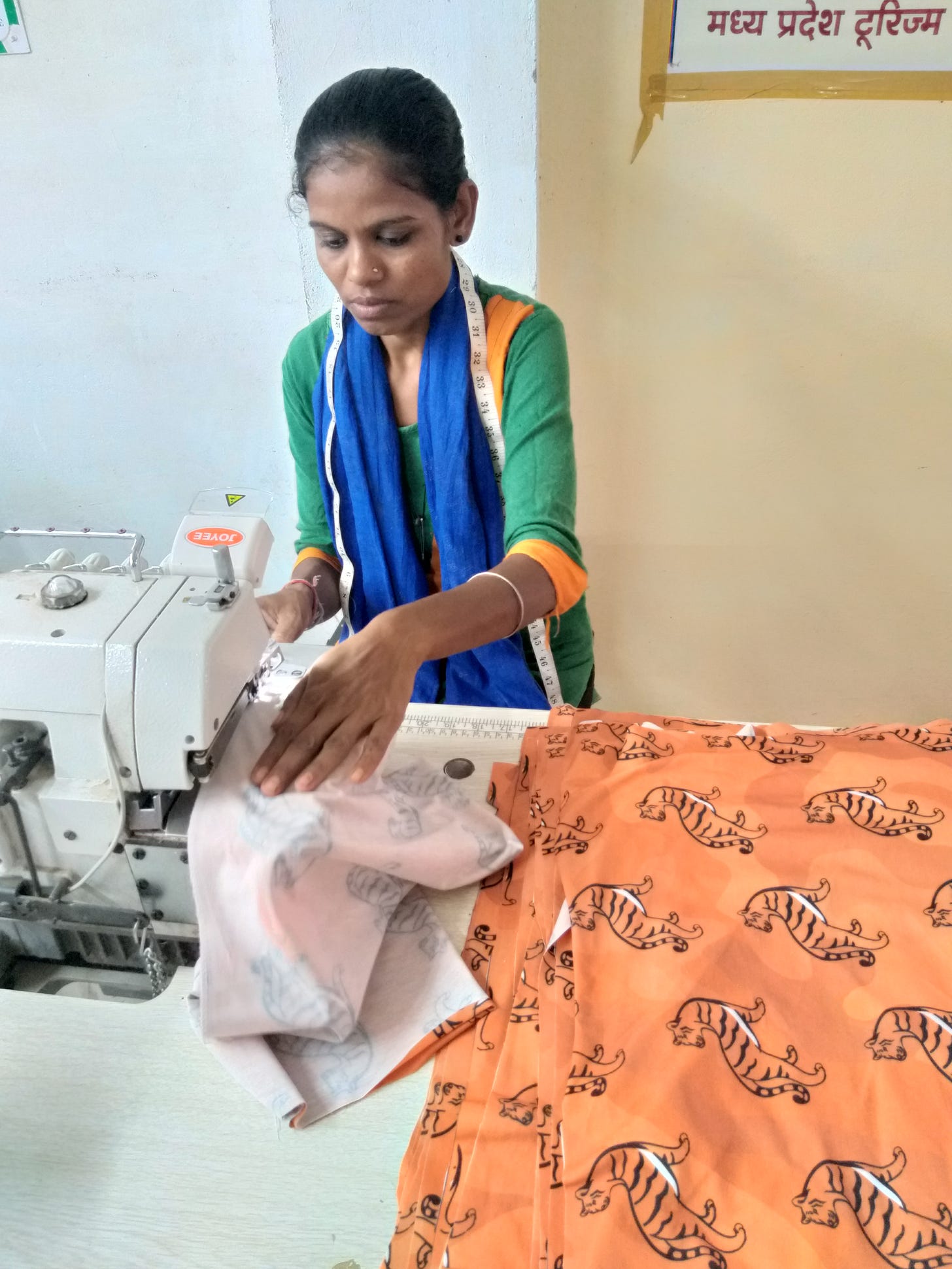

Loved reading about Ibiza and the salt connection! Thank you for featuring my book :)